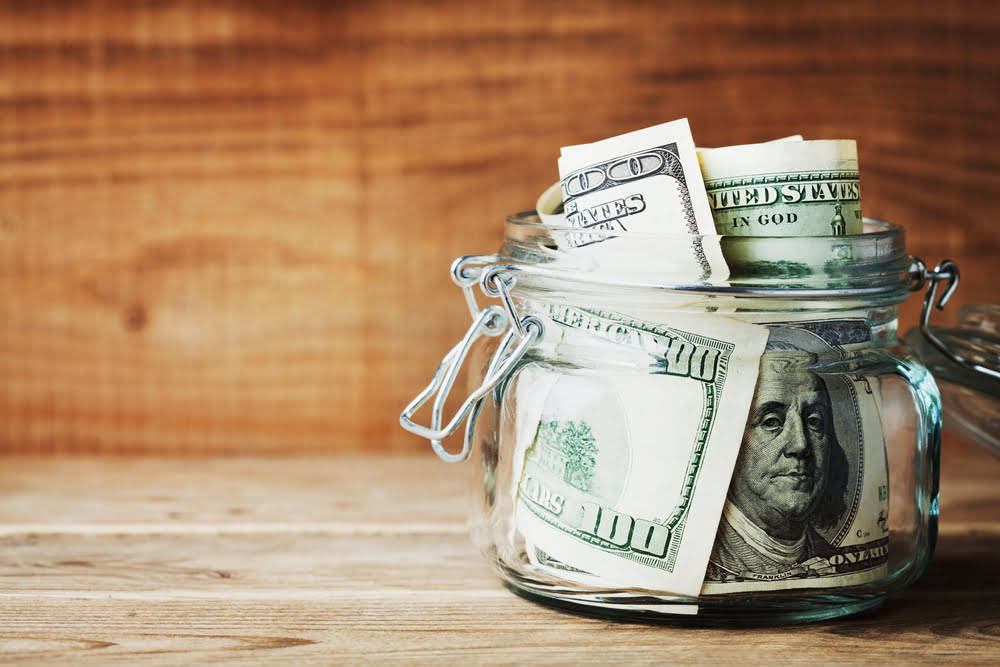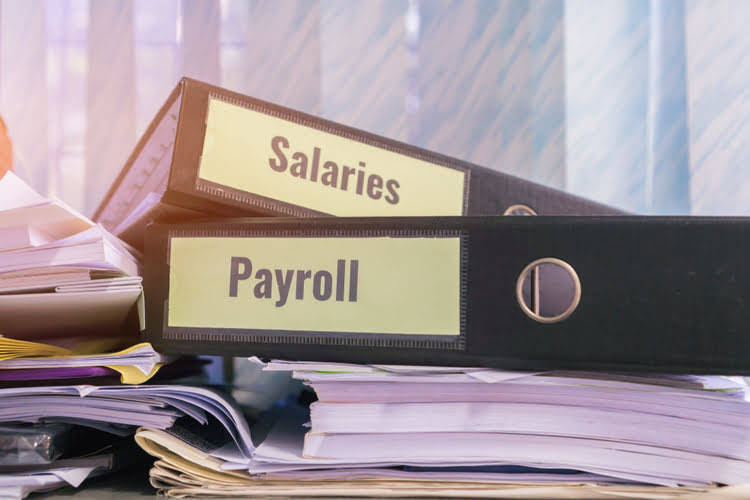Accounting and Consulting Services for Wineries, Vineyards
Bookkeeping || ||
In the second article we dive into steps for setting up a system and best practices to derive this metric, and in the final article we discuss specific COGS insights for wineries by case volume. Knowing about strategies such as accrual accounting and smart production account management helps you make confident financial decisions, fueling your winery’s success. From the first tender shoots in the vineyard to the satisfying pop of a cork, your winery embodies passion and hard work. With all the love and effort you put in, wanting to make a profit goes without saying. Accurate financial management is fundamental to running a thriving wine business. The various processes (grape crushing, fermentation, product storage and aging, bottling) may be classified as cost centers relative to the allocation of general and administrative (G&A) costs.
Accountants and Tax Experts for Vineyards
Inventory valuation is used to determine the value of your stock at any given time, which is important for making informed decisions about buying and selling inventory. The uniqueness of the wine industry opens doors to a variety of tax reliefs that your business can benefit from. Our specialist tax advisory team can provide tailored tax planning advice to help you effectively identify, claim and maximise reliefs. However, the taxpayer will need to consider whether any of the bonus depreciation expense would need to be capitalized under another section of the Internal Revenue Code, such as production costs or UNICAP.
Qualified Business Income (QBI) Deduction

First, wines could be kept in storage for more than one year, so you have to allocate costs not just to several types of wine, but also to several vintages of each varietal. And on top of that, the winemaster might decide to engage in blending activities somewhere in the production process, which mixes wines together, and, of course, complicates the cost accounting. And, there can be wine shrinkage, where the wine evaporates accounting for vineyards and wineries while it’s aging in the oak barrels. And furthermore, the winery may choose to sell off some wine in bulk before it reaches the bottling process, so that a good chunk of the wine volume never makes it to the end of the process. There’s the depreciation on the production facility and equipment, and the labor by the winemaster and the rest of the staff, and utilities, and production supplies, and testing expenses, and so on.
- Find out how we provided Ridgeview with specialist and pro-active advice to help their business to grow.
- It’s not just about keeping the IRS at bay; it’s about gaining insights into your business to make strategic decisions that enhance your profitability and growth.
- These efforts are opening doors to additional benefits in energy efficient tax credits and deductions.
- When managing a winery, one of the most crucial decisions you’ll make is how to handle your accounting.
- We specialise in specific sectors and areas of business where we have real in-depth expertise and experience, working with a variety of clients including private individuals, owner-managed businesses and not-for-profit entities.
Key differences between tax basis accounting and accrual basis accounting for wineries
- Increasing your cash flow can also allow you to reinvest savings into your business or simply weather an uneven economy.
- Increasing production requires a winery to periodically incur significant investments in equipment and facilities to achieve necessary production capacity.
- And the best part is that Wine Software is accounting system integrated!
- Due to the nature of the business, most companies in the wine industry are capital intensive.
- Tracking the production of alcohol in the United States falls under the auspices of the federal Alcohol and Tobacco Tax and Trade Bureau (TTB).
To better understand the profitability of the winery’s tasting room operations, wineries should account for tasting room activities as a sub-category within their selling expenses. This article is the final article a three-part series on the cost of goods sold—a key metric that can help wineries understand their profit margins. In our first article we provide an overview of how to calculate it and why it matters. In the second article, we outline steps for setting up a system and practices to derive these metrics.
- Initial costs relating to the establishment of vines may also be included within the value of either the biological asset or underlying land on initial recognition.
- Offering wine-related experiences such as tours, tastings, and events can generate income year-round, providing a more consistent cash flow.
- Protecting against raw materials fraud can be challenging, but being aware of the possible types of frauds possible is a good start.
- Many tax preparers will prepare a separate inventory costing for tax purposes based on the tax laws which contain differences from U.S.
- We are a team of humans who believe accounting is more than just checking boxes and filing receipts.
- This ratio helps wineries identify areas where they might be overspending and where cost-saving measures could be implemented.
Sometimes the accounts you need will be dictated by your business circumstances. For example, don’t create a “tasting room rent” expense if you are not renting tasting room space. The chart of accounts is the organizational framework upon which all of your financial information hangs. You can think of the chart of accounts as a table of contents for your finances. Just like you would organize a book into different chapters, a chart of accounts organizes your financial transactions into different categories or tabs. With thoughtful use of classes and tags, you’ll gain an unprecedented understanding of what drives your winery’s financial success.
The Strategic Role of Financial Modeling in Scaling a CPG Brand

Budgeting by department is common and key metrics are used to manage the company. The accounting department typically plans ahead and forecasts financial results to facilitate better strategic planning. The winery should have a rolling five-year financial model to estimate future revenue growth and the capital expenditures and labor cost structure needed to along with the cash flow necessary to support that growth. Changes in distribution and growth can affect the cost structure of the winery. Increasing production requires a winery to periodically incur significant investments in equipment and facilities to achieve necessary production capacity. These periodic investments in such fixed assets require careful cash flow planning and can increase the cost per case of production—at least until the production volume grows sufficiently to deliver greater economies of scale.

Accounting for the Cost of Making and Selling Wine
- Partnering with a specialized accounting service like Protea Financial can help mitigate these risks.
- States have different rules related to wine distribution and sales; most states require some variation of a three-tier distribution system made up of a winery, distributor, and retailer.
- There are a few places in the chart of accounts, where we like to add additional accounts to keep track of details that we will need at tax time.
- Knowing which category or categories you fall into will help ensure that you track the correct numbers.
- Our team categorize, tracks, and allocates all the vital COGS and COGP numbers for you.
- Wineries typically have multiple vintages of inventory on hand, so multiple years of production costs are trapped in inventory.
Understanding the unique needs of this expanding market sector will allow accountants to help winery owners live their dreams. Common mistakes include not keeping accurate records, neglecting to track all expenses, and misunderstanding tax laws. To avoid these pitfalls, wine businesses should maintain detailed financial records, regularly review and update their books, and stay informed about relevant tax regulations. Partnering with a specialized accounting service like Protea Financial can help mitigate these risks.
These changes include an expansion of the availability of the excise tax credit which was previously only available to small producers. In addition, there were changes to the calculation of the excise tax credit and the amount of excise tax that is assessed on wines with alcohol content above 14% and below 16%. These new provisions only apply to wine removed from bond for the period after December 31, 2017, and before January 1, 2020. Under the pre-tax reform rules, the taxpayer would be able to offset the $1 million winery loss against his or her other sources of income and bring his or her taxable income to zero. However, under TCJA, only $500,000 of the $1 million loss will be able to offset other income and the taxpayer will pay tax on the remaining $500,000 of income that couldn’t be offset by the winery loss.
Managing Production Accounts
Our qualified and experienced team can advise you on the specialist accounting and tax rules that will be best for your business. Pre-productive costs are the farming costs incurred between the time a vine is planted through the harvest date of the first commercially harvestable crop, typically three crop years. An eligible vineyard taxpayer has the option to expense or capitalize these costs into the basis of the vine.

Our CPAs have held CFO positions for several of our winery clients, and have experience in multiple positions in the industry. Wineries make for an exciting business, as they are first an agricultural venture. Next comes the actual winemaking, then they become a consumer trade to allow for wine sales, and then there’s distribution. As a result, many vineyards and wineries could use the extra number crunching help. Researching these costs will also assist in making more accurate budgeting and revenue projections. To understand these costs, determine how much product will be sold in each channel and at what price(s).
Publié le 11 décembre 2020









